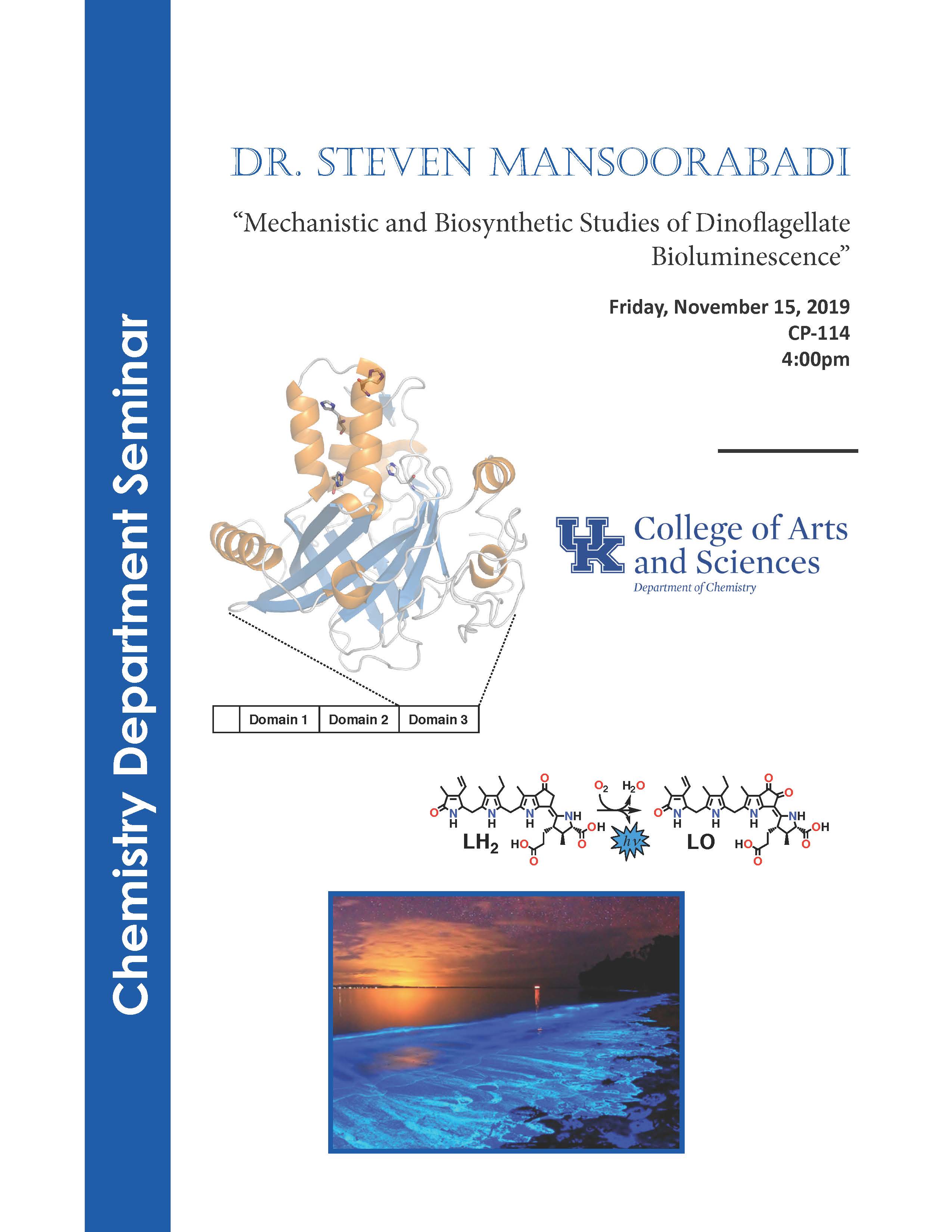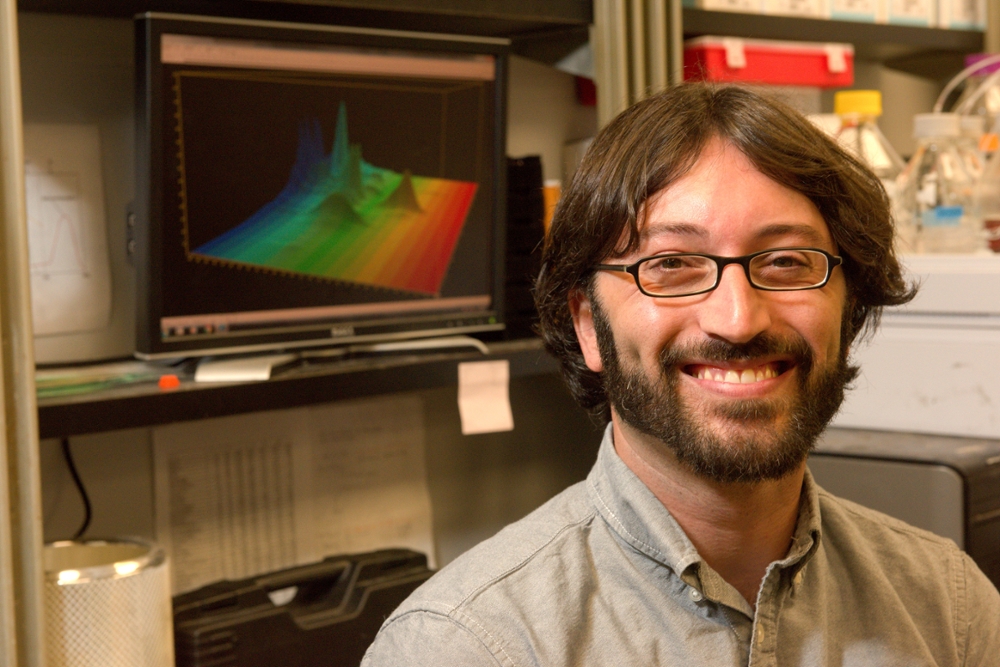

Abstract: Dinoflagellates are an important group of eukaryotic microorganisms found in freshwater and marine environments. Certain dinoflagellates produce potent toxins that are the causative agents of diarrheic, amnesic, paralytic, and neurotoxic shellfish poisonings, and are responsible for the formation of harmful algal blooms (red tides). Still other dinoflagellates are capable of both photosynthesis and bioluminescence, processes that are regulated by a cellular circadian rhythm (biological clock) and give rise to bioluminescent bays and the ‘phosphorescence’ of the sea. The key, light-forming enzyme of dinoflagellate bioluminescence, dinoflagellate luciferase (LCF), contains three homologous catalytic domains within a single polypeptide and is tightly regulated by pH. The production of blue-green light by LCF is coupled to the oxidation of an open-chain tetrapyrrolic substrate, dinoflagellate luciferin (LH2), which is a catabolite of the photosynthetic pigment chlorophyll. Current progress in our understanding of LH2 biosynthesis and the chemiluminescent and pH-dependent activation mechanisms of LCF will be presented.
Research: https://www.auburn.edu/cosam/faculty/chemistry/mansoorabadi/index.htm
